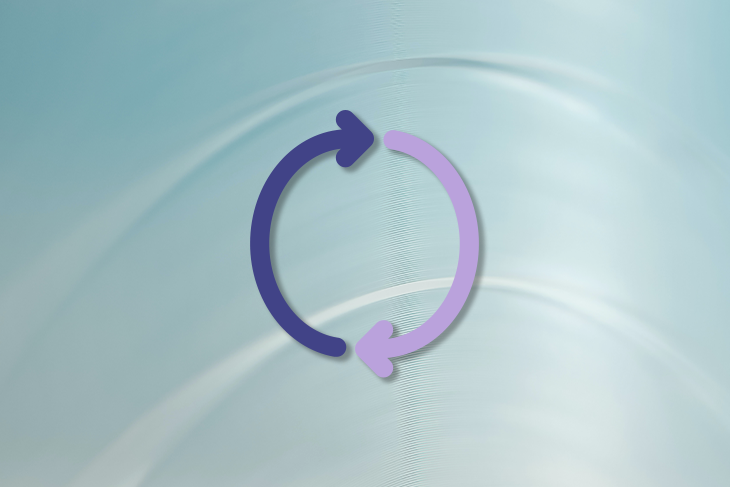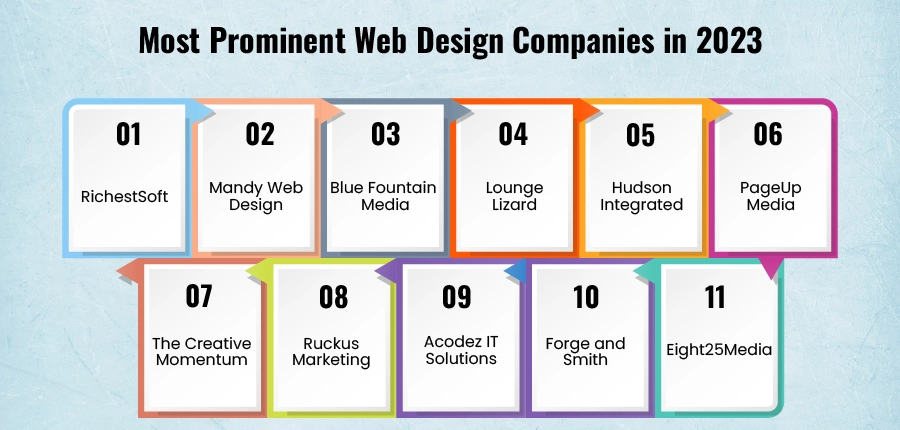We all know that user-centricity and empathy are keys to product success, but we tend to neglect them. The roadmap is always tight, expectations are high, and OKRs and deadlines don’t meet themselves.
No one has time for another research project to understand end users better. To make matters even worse, these projects are often less effective than one would hope for.
Luckily, there’s a better way!
Table of contents
The problem with research projects
Most people see UX and the overall discovery process through the lenses of research projects.
You start with a research question, plan how to answer it, execute the research plan, and summarize your insights.
What does it resemble? The old and well-known waterfall approach. Although there’s nothing inherently wrong with it, it doesn’t work well with discovery.
The biggest challenges with the waterfall discovery process include:
- Time consumptions — You usually need a preparation-execution-summarizing cycle, which consumes time and resources
- The freshness of insights — The users and the market are changing fast. Insights discovered two months ago may be irrelevant today
- High lead times — Questions, doubts, assumptions, and hypotheses appear every single day. Waiting for the UX department to conduct research on the topic is far from being agile and fast
Embracing continuous discovery
An alternative to research projects is to ditch dedicated research projects and just make them a permanent part of habitual processes and activities. Whether you feel you need it at a time, you should still embrace continuous discovery.
What is continuous discovery?
Continuous discovery is all about making research a part of the team’s day-to-day responsibilities.
For example, rather than dedicating 100 percent of your designer’s capacity every couple of sprints to conduct a research project or “discovery sprint,” you commit 20 percent of their capacity for discovery every single sprint.
Although any single sprint like that is not equal to a fully-fledged research project, it accumulates over time. Five weeks with 20 percent discovery time will most probably lead to more relevant and fresher insights than a week-long research project.
The concept of continuous discovery first emerged in Teresa Torres’ hugely influential book, Continuous Discovery Habits: Discover Products that Create Customer Value and Business Value.
Benefits of continuous discovery
There are multiple benefits of embracing continuous discovery. Some of the most prominent ones include:
Faster answers
Continuous discovery allows you to get answers on the go. If a new question pops up on Monday, you can get answers within a week or so. No need to plan another research initiative.
The more you practice various continuous discovery habits, the faster you’ll be able to verify your assumptions and hypotheses.
Stronger user empathy
User empathy is something that’s usually easier said than done. However, if you stay directly or indirectly connected to your users regularly, it’s way easier to keep the user in mind at all times.
The more frequently you interact with users, the stronger empathy you develop, and as a result, the better product you build.
More captured opportunities
Markets and users change dynamically. Continuous discovery allows you to capture new opportunities as soon as they arise. Rather than committing for a year ahead based on yearly research, you can pivot your strategy based on current conditions.
Introducing continuous discovery habits in your product team
Let’s get practical.
Subscribe to our product management newsletter
Get articles like this to your inbox
There’s no perfect “framework” for continuous discovery. It’s all about implementing the right habits within the team. The more mature the team, the more continuous discovery habits they tend to embrace.
Which habits to implement depends heavily on individual circumstances. Despite this, one thing is universal: for these habits to work, they indeed need to be continuous — a part of regular, repetitive practice, not haphazardly planned ad hoc initiatives.
Although there’s no definitive list of habits you should embrace, discovery can be made in various ways. Some fundamental discovery habits to get you started include:
Interviews
Regular interviewing is a cornerstone of continuous discovery. It’s one of the best ways to develop user empathy, seek new opportunities, and pre-validate assumptions.
Strive for at least one interview a week. Trust me. There’ll always be a topic to be explored.
You’ll probably have some hypotheses to be tested or a topic to be explored by the time the interview comes. If you don’t, you can seek new insights by doing an exploratory interview.
There’s no better driver of user empathy than actually talking to them on a weekly basis.
Surveys
Continuous surveying is a great way to qualitatively validate your questions and doubts.
Depending on your traffic and amount of questions, you can send a new survey every week or month to learn more about your users. Although you might think you’re spamming, if you segment users while surveying (say, sending a survey to another 5 percent of the traffic every time), you should be just fine.
Well-set continuous surveying gives you an almost real-time stream of quantitative data to support your decision-making.
User recordings
Session replay software enables you to reproduce user sessions and capture activity and events automatically to see how users are interacting with your product. You might be surprised by the results.
I feel like it’s a regular bucket of cold water — a reminder that users don’t know the product as well as we do, and thus they don’t understand the product as well as the team does.
Dedicate some time in every sprint to analyzing how users move through your product, what they click, what they don’t, and where they have problems. It can be either exploratory research or analytical research.
Regularly reviewing user recordings can be a great way to uncover hidden assumptions and strengthen empathy.
Usability tests
Regular usability tests, similar to reviewing recordings, are a great reminder that our users don’t understand the product as well as we do.
Having a usability test every week or so helps you ensure that you avoid biases when designing specific user flows. It’s always cheaper to validate it on a prototype during development than to fix it after it’s in production.
You can test already existing user flows, too. It will help you prioritize what needs revising and what’s good enough.
Customer support checks
Customer support is an often neglected area, but they are as close to the voice of the customer as you can get within the company because all users’ problems, doubts, and requests come through them. You would be surprised how much you can learn by just reviewing support tickets.
A good discovery habit is to have a regular customer support check. For example, you could spend an hour every two weeks reviewing user tickets, checking customer support statistics, or even trying to solve user problems yourself.
You will discover more than you expect.
Sales checks
If you are building a B2B product, sales checks are a must-have. Just join a sales call every now and then as a quiet observer.
You will be able to hear directly what problems potential customers come up with, what objections and doubts they have, and what gets them excited during the call. Having this first-hand perspective is a game changer.
As an additional benefit, you’ll also discover what and how exactly your sales team sells the product. This will help you ensure that you are aligned with them and allow you to position the product in the same way.
Wrap up
Continuous discovery habits eat research projects for breakfast. They allow us to get faster answers, build strong user empathy and capture more opportunities.
Although sometimes a fully-fledged research project is indeed needed and beneficial, in the majority of cases, proper discovery habits are more than enough to get all the insights one needs.
It’s one of the concepts that’s easy to understand but difficult to master. There’s no need to master it from day one, though. You can simply start with regular interviews and, over time, add more habits to complement the process.
The journey is worth the effort.
Featured image source: IconScout
Source link







Leave a Reply